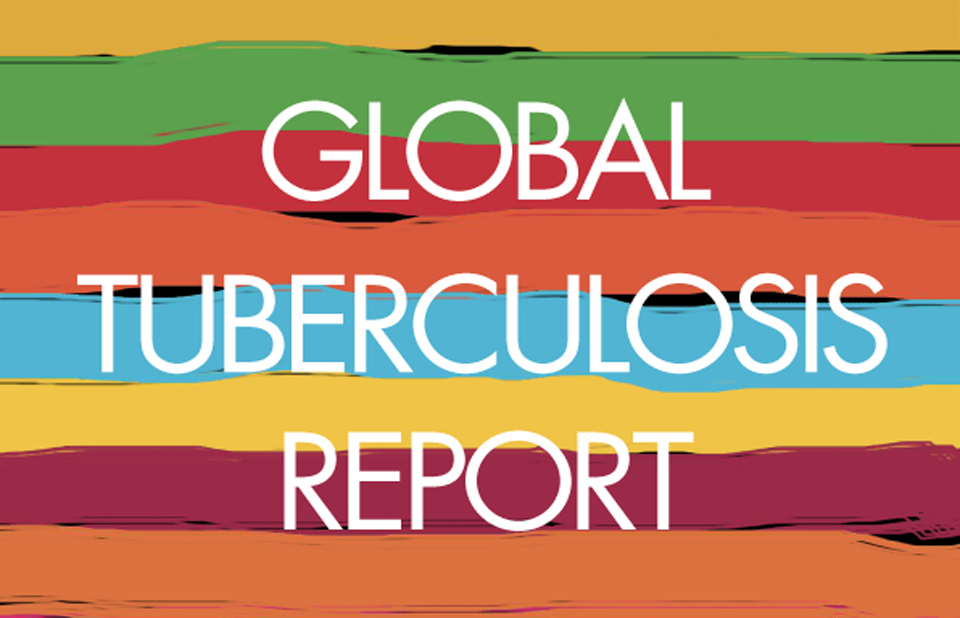Free Courses Sale ends Soon, Get It Now


Free Courses Sale ends Soon, Get It Now



Copyright infringement not intended
Picture Courtesy: www.unaids.org
Context: The WHO Global TB Report for 2022 highlights a concerning trend in the fight against tuberculosis. Despite progress made in the past years, the impact of COVID-19 disruptions on healthcare systems has hampered efforts to combat the disease effectively.
Key points from the report
Increase in New Cases
COVID-19 Disruptions
Global TB Targets
High Impact Countries
Impact on Mortality
Treatment Success Rates
Call to Action
Tuberculosis (TB)
Symptoms
Risk Factors
Prevention
Diagnosis
Treatment
Conclusion
Must Read Articles:
TUBERCULOSIS: https://www.iasgyan.in/daily-current-affairs/tuberculosis
|
PRACTICE QUESTION Q. What are the key factors contributing to the high prevalence of tuberculosis in India, and what strategies or initiatives have been implemented to address this public health issue in the country? |
© 2024 iasgyan. All right reserved